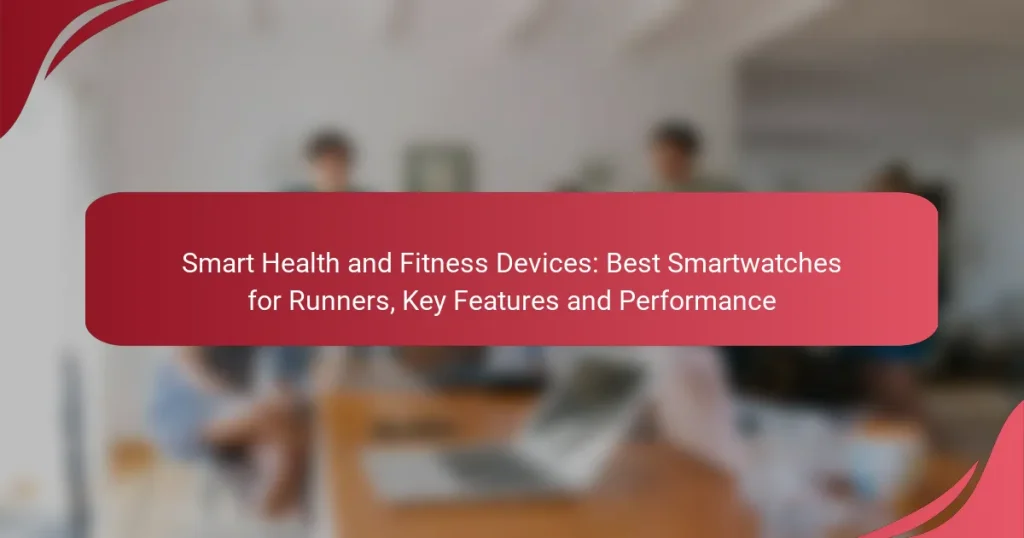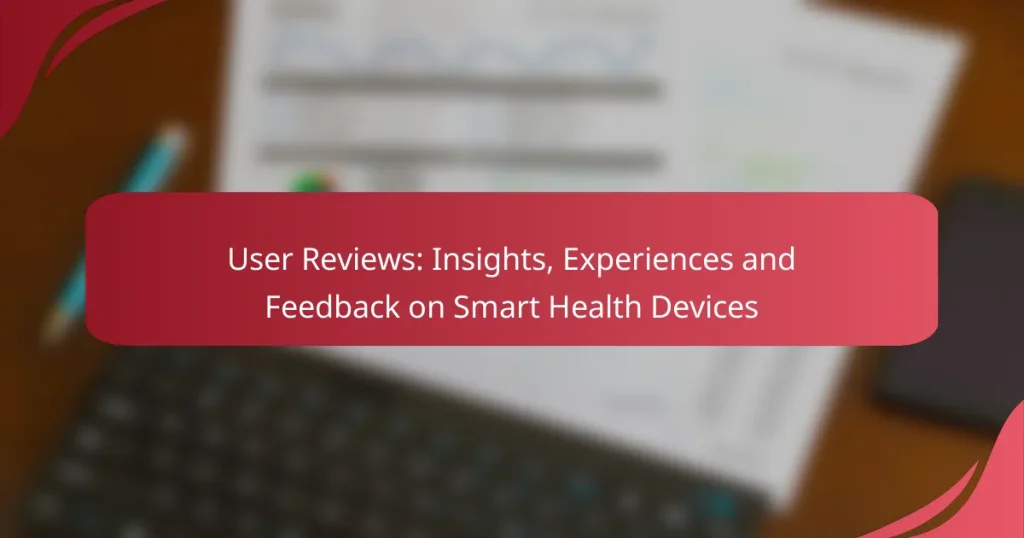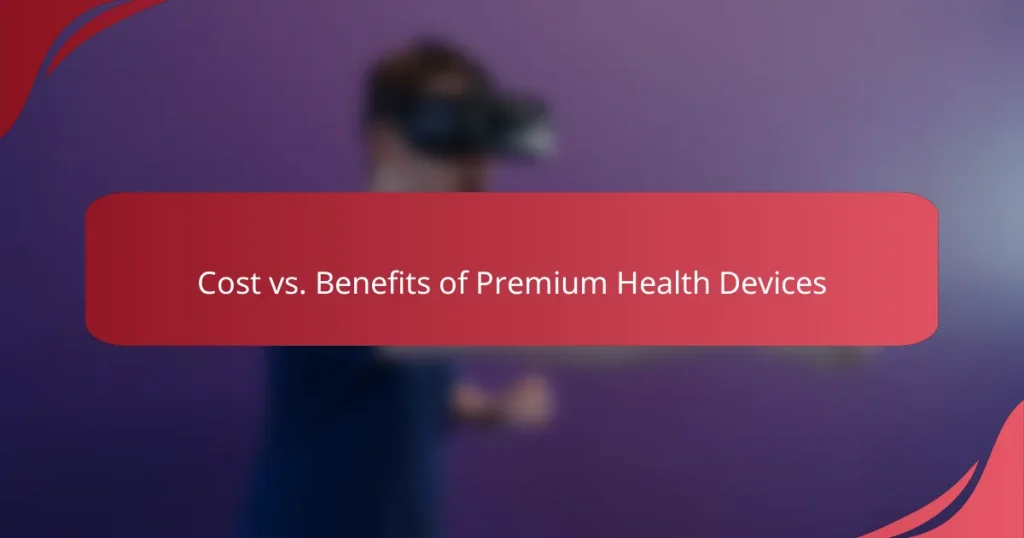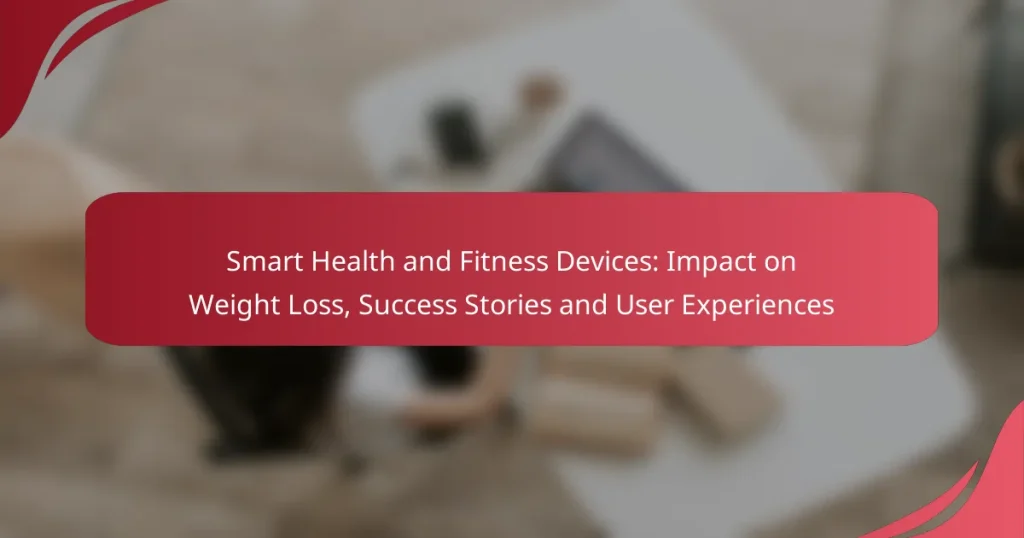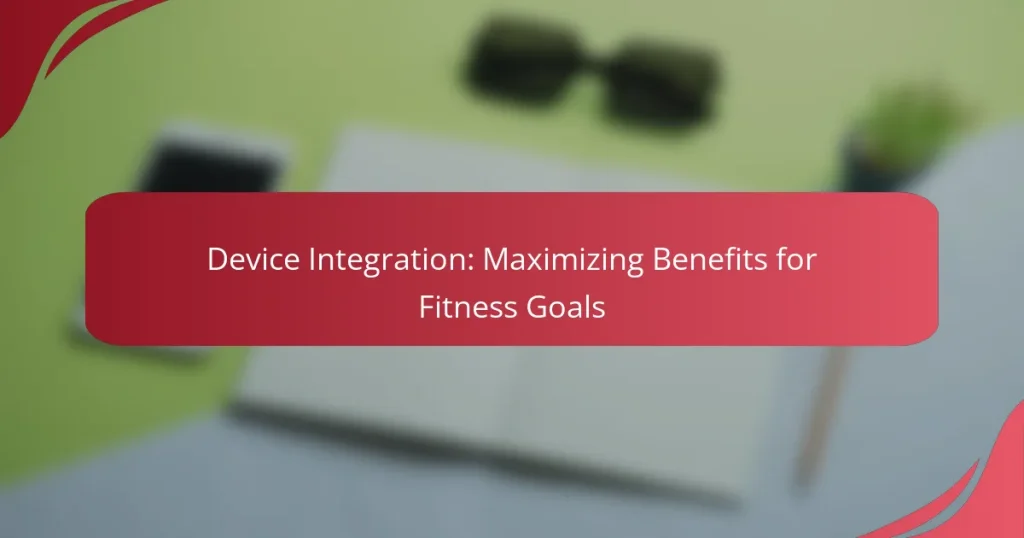Posted inWearable Technology Features
Smart Health and Fitness Devices: Best Smartwatches for Runners, Key Features and Performance
For runners seeking to enhance their performance, the best smartwatches offer a blend of accurate tracking, essential features, and robust designs. Key aspects to consider include GPS accuracy, heart rate…
